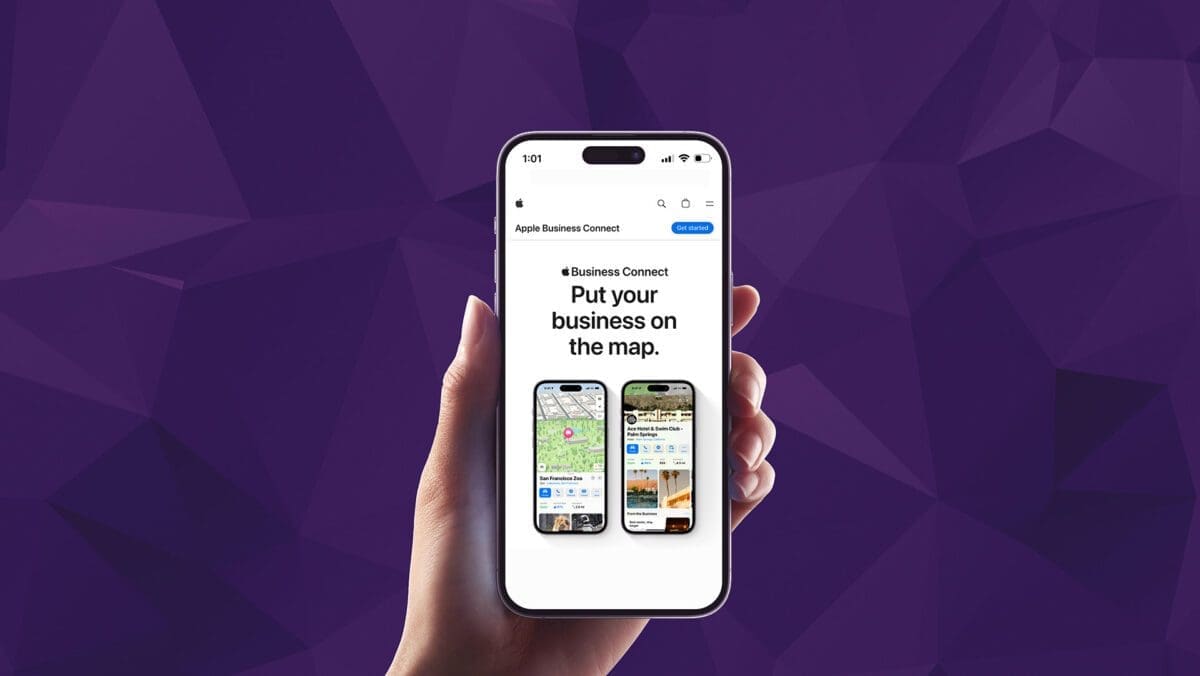Published: August 13, 2014
 Customer experience: how customers perceive their interactions with your company. According to Forrester, good customer experiences are three things from the perspective of the customer:
Customer experience: how customers perceive their interactions with your company. According to Forrester, good customer experiences are three things from the perspective of the customer:
- Useful (deliver value)
- Usable (make it easy to find and engage with the value)
- Enjoyable (emotionally engaging so that people want to use them)
Due to the fact that experiences are a collection of a variety of interactions and touch points, customer experience can span lifetimes and generations. Thus it is an important consideration for all companies in influencing sales, building loyalty, and creating relationships. Yet, because it can span such a long period of time, a small chink in the armor, a blip in the process, or one bad interaction may make or break how customers experience your company.
Following our standard approach of People, Process, then Technology, there are several small things that companies do that quickly build to big deal breakers when it comes to customer experience. Take a look at a few of the most important entries on Forbes “Big List of Little Things That Destroy Customer Experience:”
People
- Outward expressed bad language or attitude from employees toward customers, at any time whether on a customer service call, in person, or on social media.
- Lack of loyalty to an organization by its frontline employees.
- When interactions are more like robots, rather than a conversation between human beings.
- Different (and contradictory) information or advice from different people in the same business.
- When a company employee in customer service role cannot answer questions in a timely manner.
Process
- When a company knows it has a problem but doesn’t proactively inform its customers.
- Saying ‘We value your feedback!’ and then not acting on it. This is particularly important when it comes to embracing negative customer reviews.
- When a customer Tweets, chats or emails a question only to be told to check the website for answers.
- The length of time it takes to respond to product or service issues, or questions in general.
- Not keeping the promises made.
Technology
- When account or customer details using name and address are hard to come by; and instead companies require account or customer numbers. This makes people feel like a number, not a valued customer.
- Forcing information or login to sign in, or sign up, for key services or information. Things like newsletter, coupons product information should be readily available and mixed with locked content to generate leads.
- A website that is not user friendly, takes too long to load, contains too many pop-up ads, is hard to navigate or isn’t mobile friendly
While Forbes list stayed heavy on issues relating to people and process, technology remained lower on the priority list. Exactly in line with Envano’s approach, this simply means anything and everything in business must begin with the people and process. Only once you’ve created solutions there can you effectively employ technology.


 The Difference Between a Customer Journey and a Sales Funnel">
The Difference Between a Customer Journey and a Sales Funnel">
